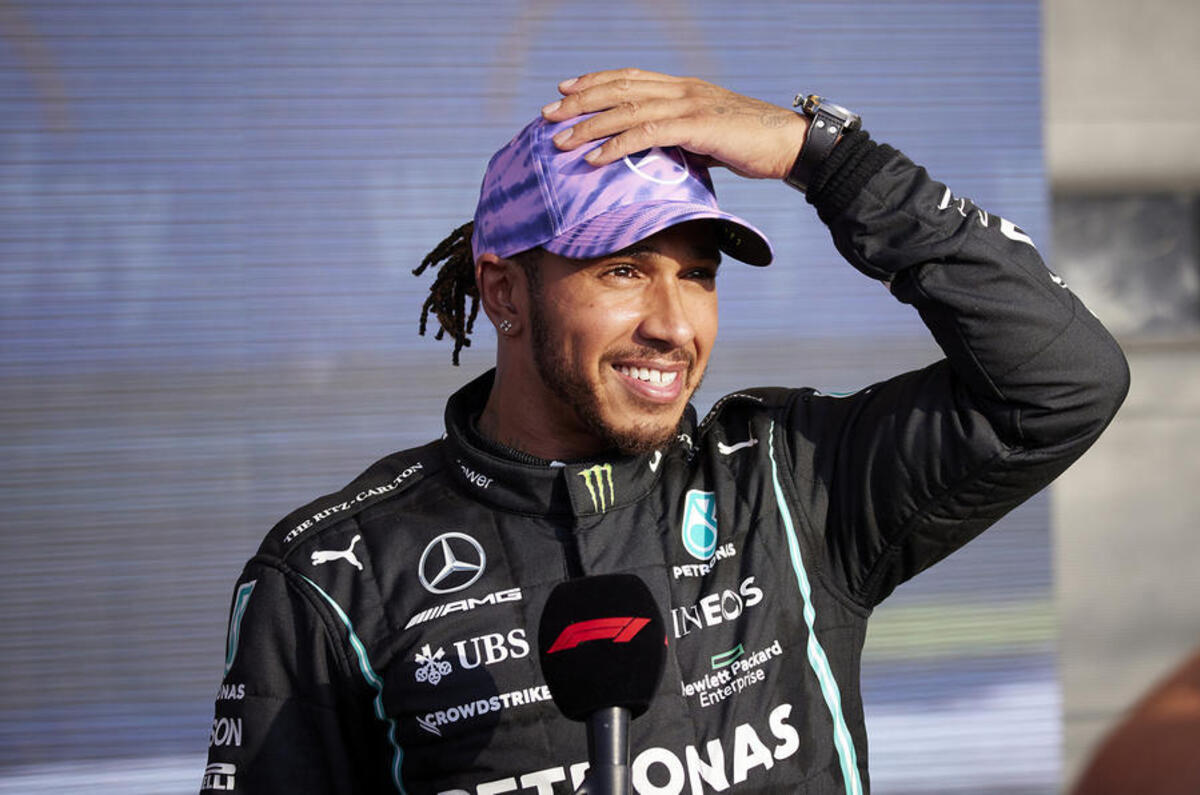Lewis Hamilton to Ferrari in 2025? What a shot in the arm for Formula 1.
The sensational move will trigger a wave of questions and the ripple effect will cause a figurative tsunami through this season and the next.
Let’s consider a few of those big questions while the news is still white hot.
First, why is he doing it? Hamilton turned 39 on 7 January and, while Fernando Alonso is proof of how racing drivers can stay competitive well into their 40s, the seven-time champion knows he only has a finite time to make that number a record-breaking eight.
The decision is clearly a vote of no confidence in Mercedes-AMG giving Hamilton the car he needs to become a champion again.
There are no guarantees Ferrari can either, of course. But it seems he has weighed up his best chance – and stuck all his chips on red.
A switch to Red Bull? Impossible. Yes, it has the quickest car, but pairing Hamilton with Max Verstappen is a non-starter for all parties. There's too much history, too much tension, too much potential for severe headaches and angst to make that a realistic prospect.
No, it was always Mercedes – or what’s still the most famous racing team of them all.

What’s convinced him? Ferrari just lost out to Mercedes by three points last season to be the distant best-of-the-rest behind Red Bull last term but had a marginally better season.
Charles Leclerc’s five pole positions in the SF-23 highlighted how one-lap pace isn’t a problem, while Carlos Sainz Jr became the only driver not in a Red Bull to win a grand prix in 2023 when he triumphed in fine style in Singapore.






Add your comment